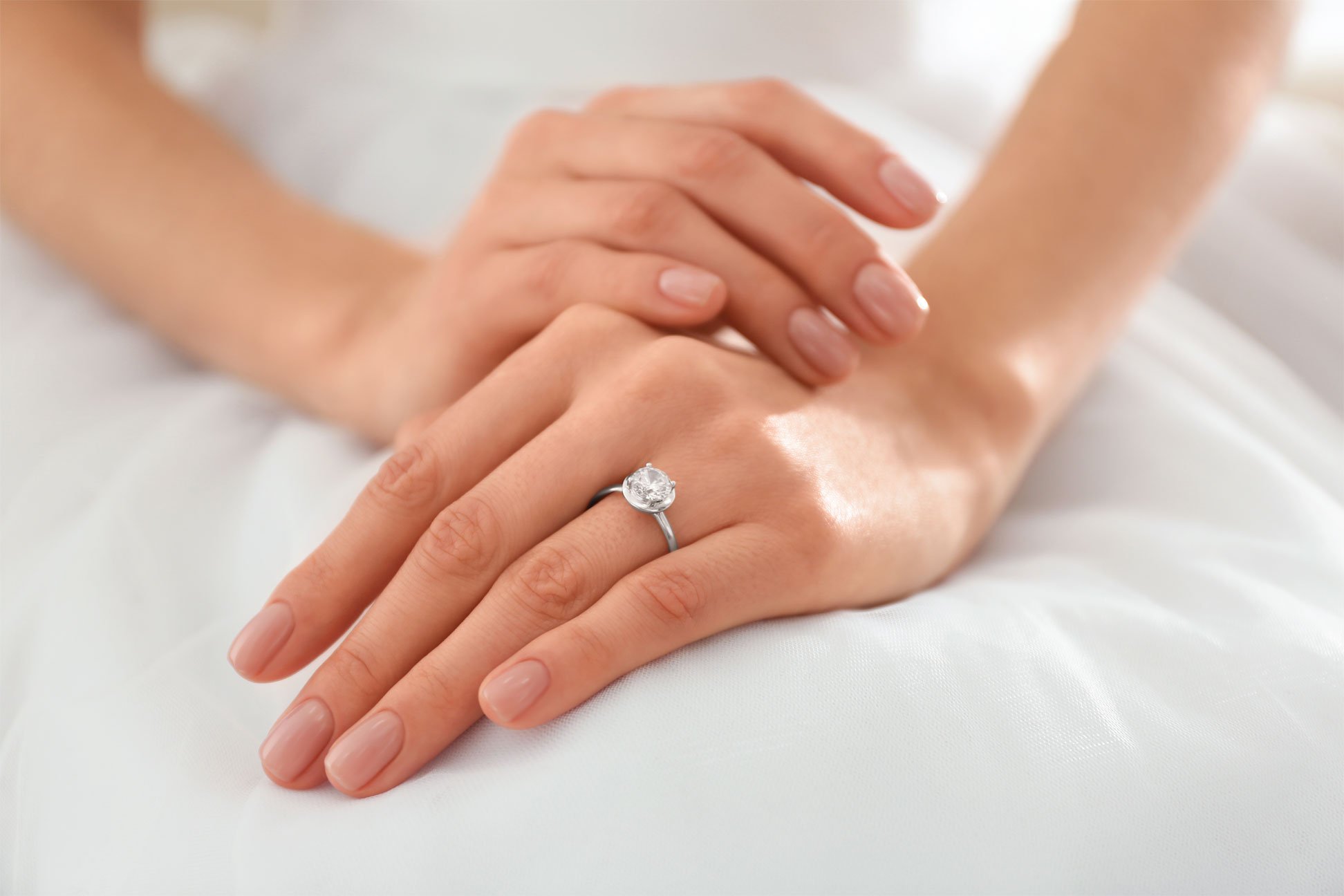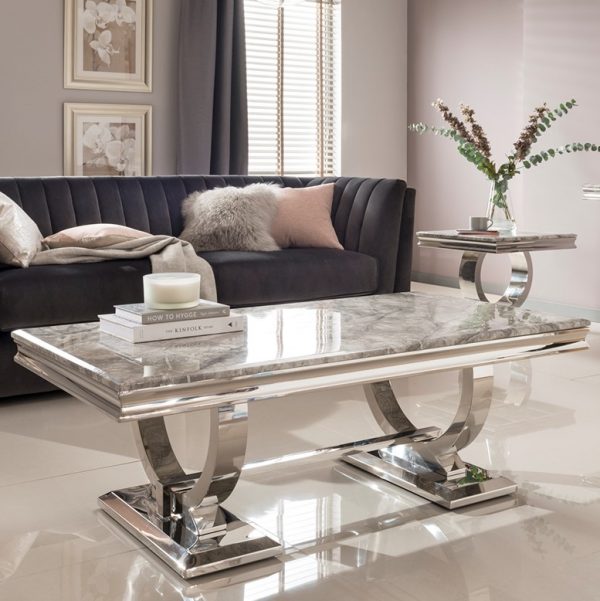Diamond rings are not just beautiful pieces of jewelry; they are investments that require careful consideration, especially when it comes to the prongs that hold the precious gem in place. In this article, we’ll explore everything you need to know about diamond ring prongs, from their types and importance to maintenance tips and design trends.
Table of Contents
Introduction to Diamond Ring Prongs
When you admire a sparkling diamond on a ring, what often goes unnoticed are the tiny metal claws, or prongs, that secure it in place. These prongs are crucial not only for the security of the diamond but also for enhancing its brilliance by allowing more light to enter from different angles.
Importance of Prongs in Diamond Rings
Security of the Diamond
The primary function of prongs is to keep the diamond securely mounted on the ring. Imagine the dismay of losing a diamond because a prong was loose or poorly set! Properly crafted prongs ensure that the diamond stays firmly in place despite daily wear and tear.
Aesthetic Considerations
Beyond security, prongs play a significant role in the overall appearance of the ring. Different prong styles can drastically alter the look of a diamond ring, from classic solitaires to intricate halo designs. The choice of prong setting can complement the diamond’s shape and enhance its visual appeal.
Types of Prong Settings
Prong settings come in various styles, 다이아 반지 프롱, each offering unique advantages depending on personal preference and practical considerations.
Traditional Prong Setting
The traditional prong setting features four or six prongs that gently curve over the diamond, holding it securely at specific points. This setting is popular for its simplicity and ability to showcase the diamond prominently.
Bezel Setting
A bezel setting surrounds the diamond with a metal rim, offering excellent protection against impact and enhancing the diamond’s perceived size. It’s a modern choice for those seeking a sleek and secure setting.
Halo Setting
In a halo setting, tiny diamonds encircle the center stone, creating a dazzling halo effect that amplifies the diamond’s brilliance. This setting is ideal for adding sparkle and making the center stone appear larger.
Tiffany Setting
Named after the renowned jeweler, the Tiffany setting features six prongs that raise the diamond above the band to maximize light exposure. It’s a timeless choice known for its elegant simplicity.
Choosing the Right Prong Setting
Selecting the right prong setting involves considering several factors to ensure both practicality and aesthetics.
Diamond Shape Considerations
Different diamond shapes may benefit from specific prong settings. For example, round diamonds often look stunning in a traditional four-prong setting, while princess-cut diamonds may shine brightest in a bezel setting.
Metal Choice
The metal used for prongs can influence the overall look and durability of the ring. Platinum and white gold are popular choices for their strength and ability to complement the diamond’s brilliance.
Activity Level and Lifestyle
Consider your lifestyle when choosing a prong setting. If you lead an active lifestyle or work with your hands frequently, opt for a setting that offers maximum protection and minimizes snagging.
Common Issues with Prongs
Despite their importance, prongs can experience wear and tear over time.
Prong Wear and Maintenance
Daily activities can gradually wear down prongs, causing them to loosen or wear thin. Regular maintenance and inspections are crucial to prevent the risk of losing a diamond.
Prong Misalignment
Misaligned prongs can affect the diamond’s security and appearance. It’s essential to have prongs checked and realigned by a professional jeweler if they appear crooked or uneven.
Prong Breakage
Accidental impacts or rough handling can lead to prong breakage. Prompt repairs are necessary to prevent further damage and ensure the diamond remains secure.
Benefits of Different Prong Numbers
The number of prongs used in a setting can affect both the aesthetic and practical aspects of a diamond ring.
Four Prong vs. Six Prong
Four-prong settings offer a more open view of the lab created diamonds, allowing light to enter from multiple angles and enhancing its brilliance. On the other hand, six-prong settings provide additional security and stability, making them a popular choice for larger diamonds.
Design Trends in Prong Settings
Like fashion trends, prong settings evolve over time, reflecting changing tastes and preferences.
Vintage vs. Modern Styles
Vintage-inspired prong settings often feature intricate detailing and filigree work, adding a romantic and timeless charm to the ring. In contrast, modern settings focus on minimalist designs and innovative techniques that highlight the diamond’s brilliance.
Customization Options
Many jewelers offer customization options for prong settings, allowing you to create a unique ring that reflects your personal style and preferences. From choosing the number of prongs to selecting the metal and accent stones, customization ensures your ring is one-of-a-kind.
How to Inspect Prongs
Regular inspections are essential to maintain the integrity and security of your diamond ring.
Visual Inspection
Periodically examine the prongs under good lighting to check for any signs of damage, looseness, or misalignment. If you notice anything unusual, seek professional advice immediately.
Professional Check-Ups
Schedule regular check-ups with a reputable jeweler who can professionally inspect and clean your ring. Professional cleaning helps remove dirt and debris that can affect the diamond’s brilliance.
DIY Prong Maintenance Tips
Taking care of your diamond ring at home can prolong its lifespan and maintain its beauty.
Cleaning Your Ring
Regularly clean your ring using a soft brush, mild soap, and warm water to remove dirt and oils that can accumulate over time. Avoid harsh chemicals that can damage both the diamond and the metal.
Checking Prongs at Home
Gently touch each prong with your fingernail to ensure they are not loose. If a prong moves or feels unstable, refrain from wearing the ring and consult a jeweler for repairs.
Where to Buy Diamond Rings with Quality Prongs
Whether you’re shopping online or in-person, choosing a reputable retailer is crucial when purchasing a diamond ring.
Online Retailers
Many online jewelers offer a wide selection of diamond rings with detailed descriptions and customer reviews. Look for retailers with positive feedback and transparent policies regarding prong quality and craftsmanship.
Local Jewelers
Visiting a local jeweler allows you to examine diamond rings in person and consult with experienced professionals. Local jewelers can also provide custom design services and personalized recommendations based on your preferences.
Conclusion
Diamond ring prongs are not just functional components but integral elements that enhance both the security and beauty of a diamond ring. By understanding the different types of prong settings, maintenance tips, and design trends, you can make an informed decision when choosing the perfect ring for yourself or a loved one.


![Cracking The [pii_pn_971983fdb1bf1ebe929b] Secret](https://www.technosdaily.com/wp-content/uploads/2021/02/pii_email_fac20b28ca7fd86484f1.jpg)

